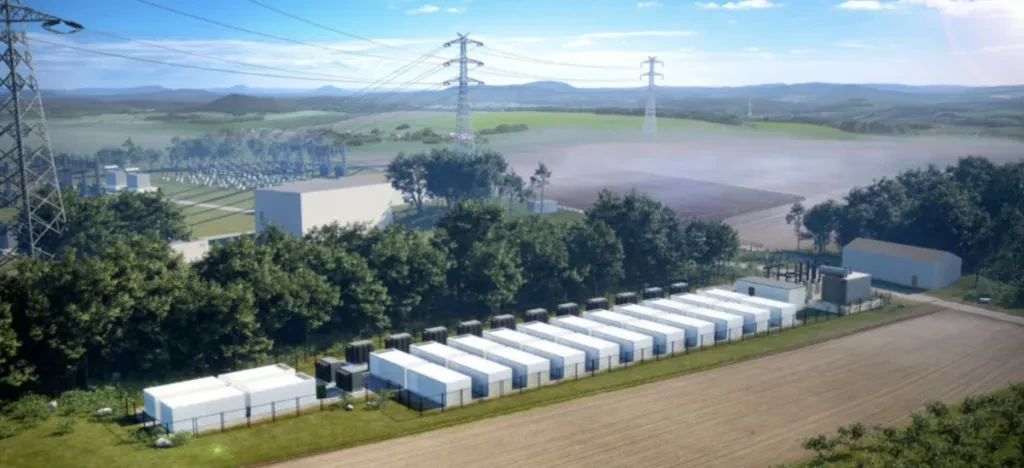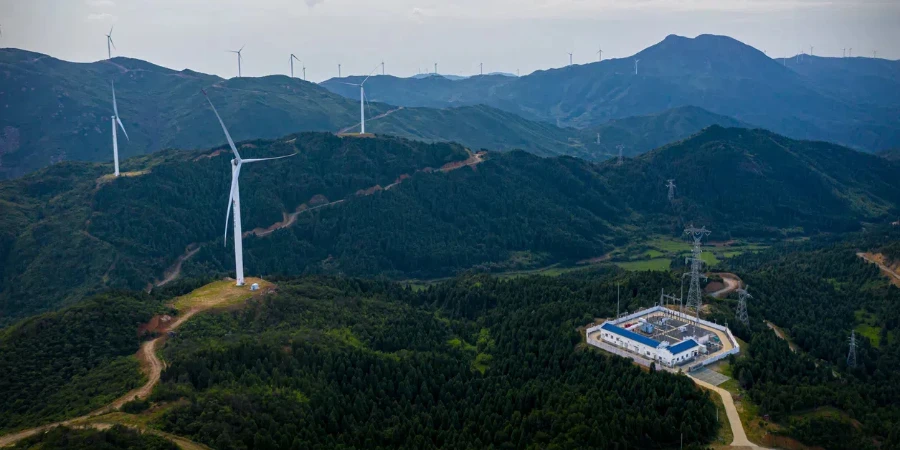Germany’s energy transition is making significant progress. In the first half of 2024, renewables made up 57% of the electricity mix, and this is straining the grid. Battery storage systems and optimized redispatch procedures could help integrate renewables and ease congestion, but challenges remain, says Benedikt Deuchert of Kyon Energy.

Image: Kyon Energy
From pv magazine ESS News
Battery storage systems have the potential to absorb excess, often renewable, electricity, thereby preventing grid congestion. While the German Federal Network Agency (Bundesnetzagentur) has established criteria for large grid-connected storage systems as dispatchable loads under the “Use Instead of Curtailment 2.0” measure, these do not accurately reflect the actual behavior of large battery energy storage systems and are therefore too restrictive to be truly effective.
The new model could be useful for certain industrial customers, but is not yet fully developed for storage operators. It could be argued that the current regulatory framework, which includes storage systems with over 100 kilowatts of power in redispatch according to §13a EnWG, is already sufficient. However, the effective use of storage systems in this context requires a fundamental revision of the existing compensation mechanisms.
A persistent problem in the ongoing energy transition is the consistently high cost of redispatch measures, which contribute to rapidly rising grid charges. From July 2021 to July 2023, redispatch costs fluctuated significantly, ranging from EUR 32 to 477 million per month, with a long-term upward trend. Despite this, the flexibility offered by large battery energy storage systems in the grid often remains underutilized, as it is often cheaper to curtail (renewable) generation plants than to store the electricity in large batteries at the request of the grid operator.
A key criticism of the current cost-based approach for storage systems is that it creates structural incentives for cost-inflating bidding behavior. Under this approach, the costs incurred by the use of storage systems or other power plants are reimbursed. Despite expressing concerns during the last consultation on the redispatch compensation mechanism, the Federal Network Agency has yet to respond, even though it has not fully addressed these concerns.
To continue reading, please visit our pv magazine ESS News website.
Author: Benedikt Deuchert
This content is protected by copyright and may not be reused. If you want to cooperate with us and would like to reuse some of our content, please contact: editors@pv-magazine.com.
Source from pv magazine
Disclaimer: The information set forth above is provided by pv-magazine.com independently of Alibaba.com. Alibaba.com makes no representation and warranties as to the quality and reliability of the seller and products. Alibaba.com expressly disclaims any liability for breaches pertaining to the copyright of content.




